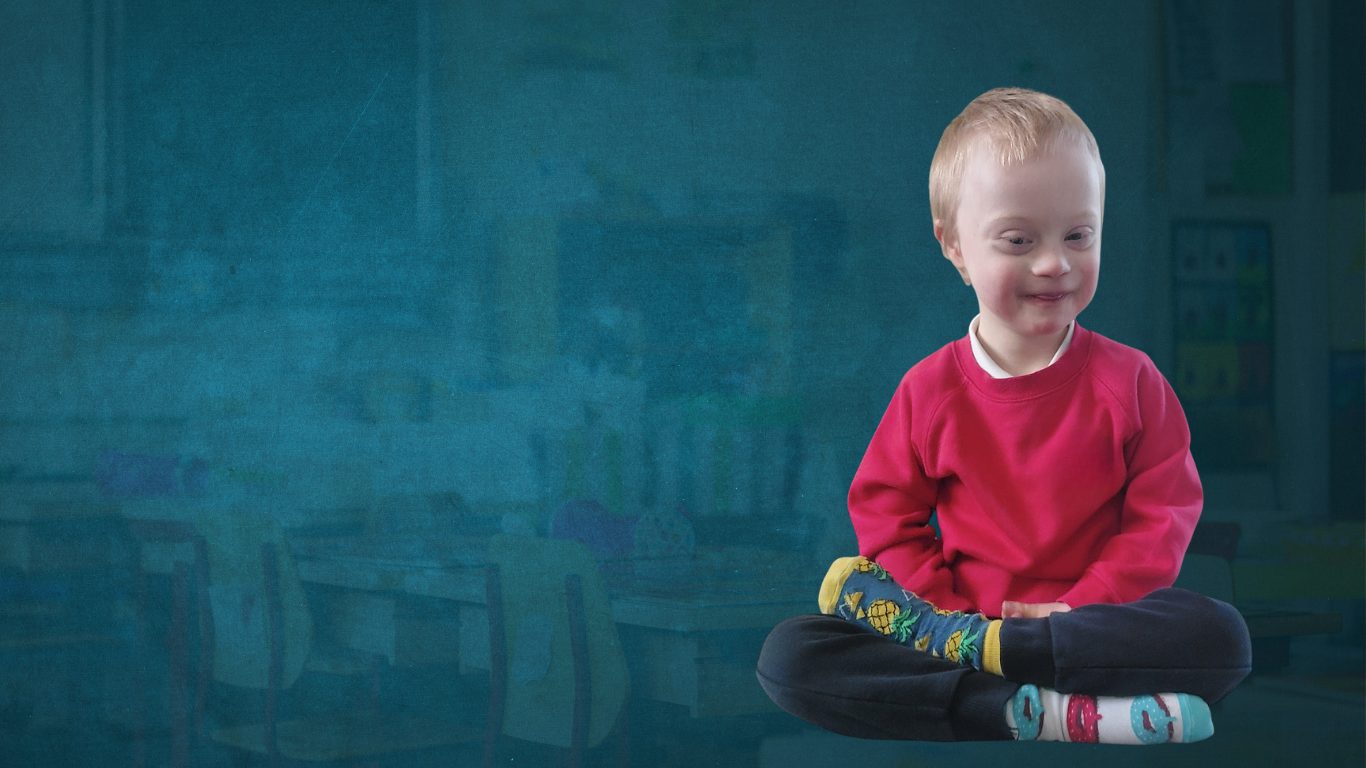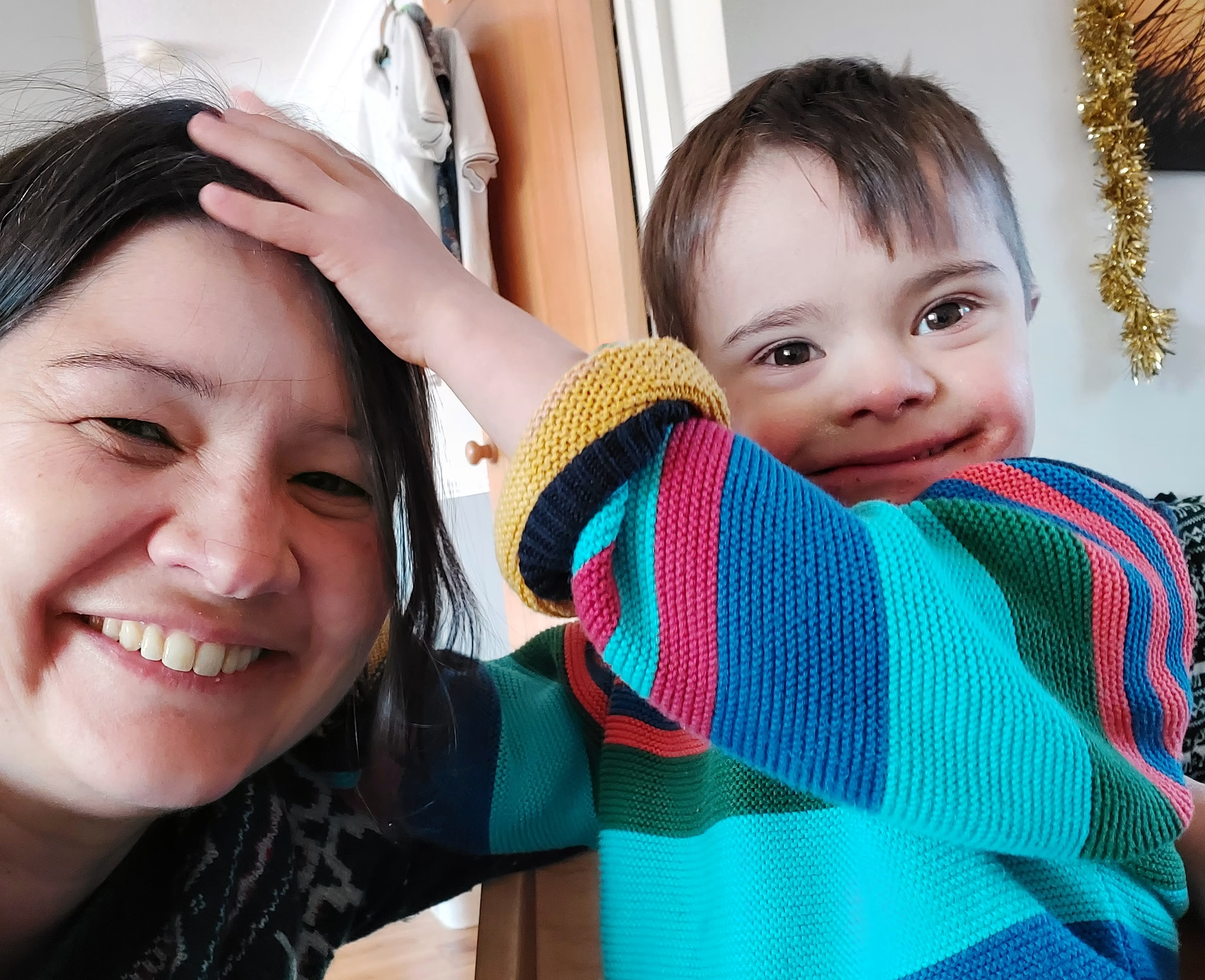- by Down Syndrome UK
Children with Down syndrome are often described as visual learners, but as vision and hearing difficulties are very common, they can have a major impact on learning, communication, and confidence in the classroom.
As primary educators, understanding these challenges and knowing how to make simple, effective adjustments can make a huge difference.
Why vision and hearing matter
- Around 60% of children with Down syndrome will need glasses, compared with just 6% of typically developing children.
- 93% of children with Down syndrome will experience glue ear and hearing loss by one year of age, and this can persist longer and be harder to diagnose than in other children.
- Speech and auditory processing can be a challenge, so any barriers to seeing need to be reduced.
In short: if a child can’t see or hear well, everything else – from reading and writing to making friends – becomes harder.
Glasses
Children with Down syndrome are more likely to be short-sighted, long-sighted, or have astigmatism, so many will need to wear glasses. Let pupils take the lead, build up wearing time gradually and link it to activities where they notice the benefit (e.g. reading, drawing). If a pupil also uses hearing aids, don’t introduce both at once, instead let them adapt to one before adding the other.
How to support vision in the classroom
- Provide thicker, darker lines (use soft pencils or black pen).
- Ensure text is three to four times larger than the child’s threshold, not just what looks big enough.
- Reduce clutter on worksheets and displays.
- Keep print and pictures on a clear white background.
- Make space uncluttered and well-lit.
Glue ear and hearing aids
Glue ear is extremely common in children with Down syndrome and often persistent. Some will need hearing aids, bone conduction devices, or grommets. Check hearing aids are working (listen for whistle, check batteries). If the pupil refuses aids, be aware that hearing levels may fluctuate, so “bad hearing days” are real.
How to create a listening-friendly classroom
Background noise makes a big difference to pupils with hearing difficulties. Small adjustments can help:
- Always get the pupil’s attention and face them before speaking.
- Keep instructions clear and simple.
- Use carpets, curtains, cushions or wall displays to absorb sound.
- Add felt pads to chair legs to reduce scraping noises.
- Keep doors and windows closed where possible.
- Consider sound field systems (microphone + speakers) if available.
Final thoughts
Pupils with Down syndrome are typically highly motivated learners, and by recognising that vision and hearing needs are part of the whole picture, we can reduce barriers and ensure all children can thrive at school.
Need extra support?
DSUK’s Primary Education Programme offers expert-led training, resources and ongoing support for school staff to successfully support pupils with Down syndrome in primary school.
Share this post
Author

Down Syndrome UK is a national parent led charity passionate about empowering parents and professionals to improve the lives of those with Down syndrome. We have an amazing community for our families and know how important it is for them to have access to accurate contemporary information and meaningful support.
View all posts







